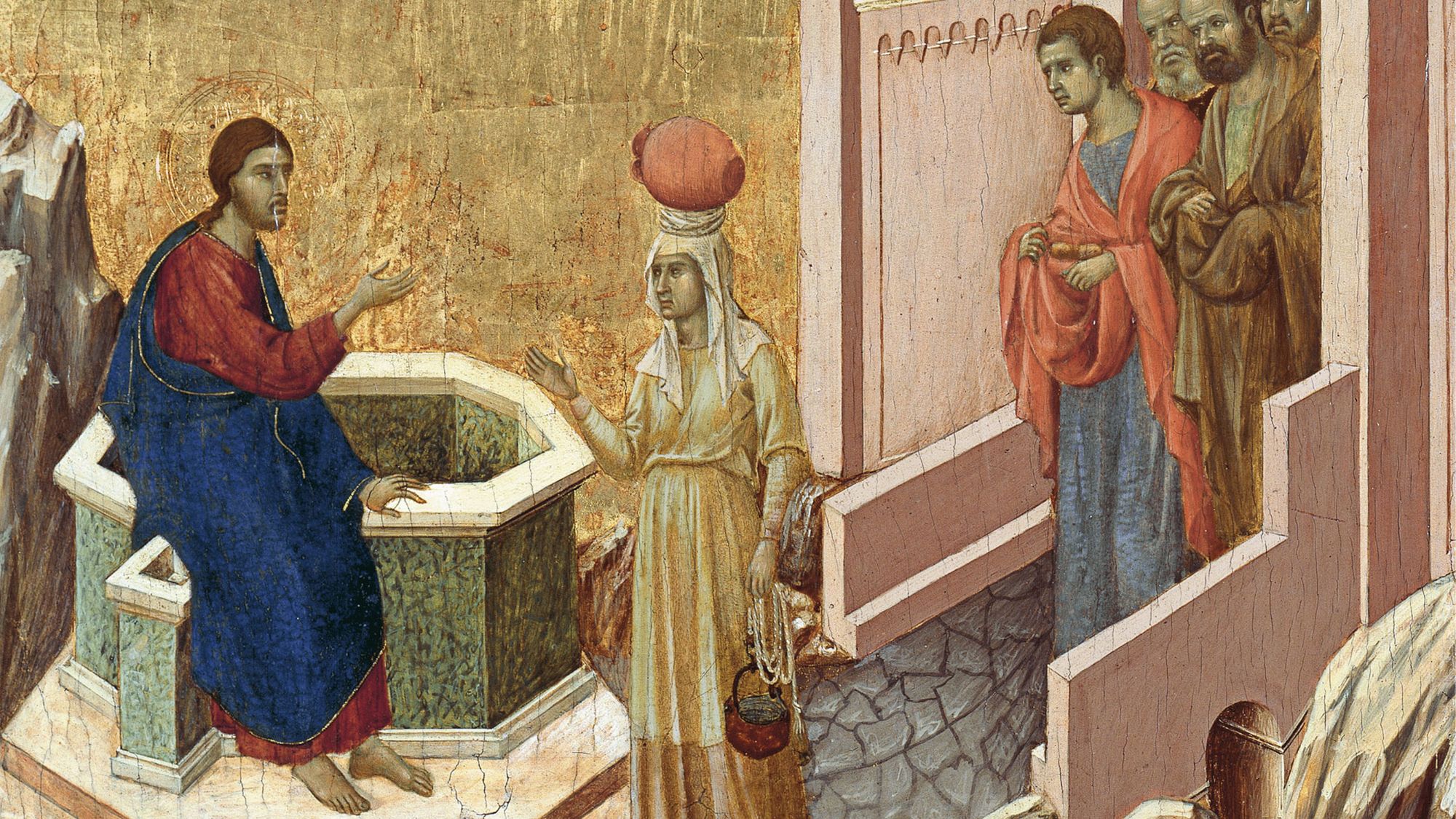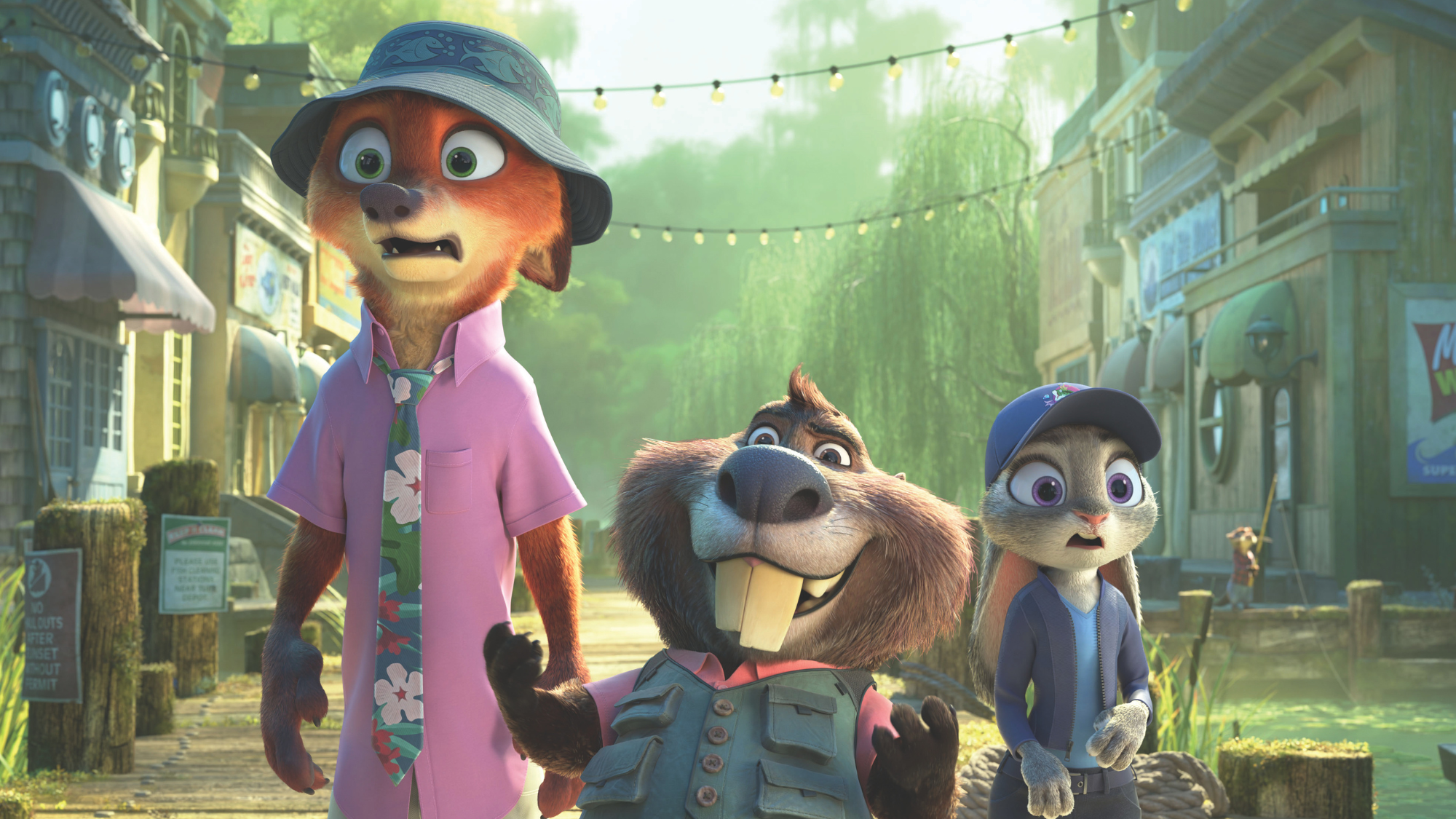Siena: The Rise of Painting, 1300-1350 – an 'intense and betwitching' show
'Blockbuster' National Gallery exhibition explores whether Siena was truly 'the birthplace of the Renaissance'

In the early 1300s, the Tuscan hilltop city of Siena lived through a great period of prosperity, said Charlotte Higgins in The Guardian. Its economic, military and political strength provided the conditions for a "rapid artistic transformation": its painters abandoned "the distant, hieratic grace" of Byzantine-influenced art and concocted a new style, characterised by "dynamism, drama and emotion".
But, by the 1350s, its "most glorious years" would be "as good as over". The Black Death "halved" the city's population and "stripped away its wilder ambitions". Its chief rival, Florence, emerged as the new superpower, its own art eclipsing Siena's.
This new "blockbuster" at the National Gallery – featuring more than 100 exhibits including paintings, manuscripts and decorative objects – questions the received wisdom that Florence, not Siena, was "the birthplace of the Renaissance", said Joanna Moorhead in The Spectator. And convincingly, too. The show is focused mostly on the work of four artists: Pietro and Ambrogio Lorenzetti; Simone Martini; and, "first and foremost", Duccio di Buoninsegna, a polymath whose "towering legacy would reshape art history".
The Week
Escape your echo chamber. Get the facts behind the news, plus analysis from multiple perspectives.

Sign up for The Week's Free Newsletters
From our morning news briefing to a weekly Good News Newsletter, get the best of The Week delivered directly to your inbox.
From our morning news briefing to a weekly Good News Newsletter, get the best of The Week delivered directly to your inbox.
The lighting here is "dark", the galleries "crypt-like", said Alastair Sooke in The Telegraph. Paintings are "dramatically spot-lit" and juxtaposed with some marvellous examples of Sienese sculpture and textiles. It's the paintings, though, that really thrill. "Exquisite craftsmanship" is a hallmark of Sienese art – gold leaf was used liberally and virtuosically – along with "a newfound interest in the emotional lives of the holy figures being represented". One Duccio painting here dating from 1290-1300 sees "a sweet yet sorrowful Virgin" tilting her head as "a perky Christ Child tugs at her veil and involuntarily caresses her wrist" with his toes. Another "standout", by Duccio's pupil Simone Martini, depicts a "truculent" young Christ "chided by remonstrating parents. Even the son of God, it seems, could get the grumps." This is an "intense and bewitching" show.
The "emotional power" of these paintings comes from their "mastery of space", said Jonathan Jones in The Guardian. While we think of perspective as a 15th-century Florentine invention, these artists were already experimenting with space a century earlier, "to create fairy-tale vistas of walled cities, merchant ships and the soaring interiors of gothic cathedrals". The climax of these innovations is Duccio's "masterpiece", the Maestà – a "massive" altarpiece, whose eight panels have been brought together here. You follow the scenes "like a comic strip", as Jesus "defeats the devil, heals a blind man and raises Lazarus from the dead". "Visual trickery" gives the impression of "gothic arches and a particoloured pavement" receding "with hypnotic reality". It is the highlight of an "epochal exhibition about the moment Western art came alive".
A free daily email with the biggest news stories of the day – and the best features from TheWeek.com
-
 Trump’s poll collapse: can he stop the slide?
Trump’s poll collapse: can he stop the slide?Talking Point President who promised to ease cost-of-living has found that US economic woes can’t be solved ‘via executive fiat’
-
 Sudoku hard: December 7, 2025
Sudoku hard: December 7, 2025The daily hard sudoku puzzle from The Week
-
 Codeword: December 7, 2025
Codeword: December 7, 2025The daily codeword puzzle from The Week
-
 Wake Up Dead Man: ‘arch and witty’ Knives Out sequel
Wake Up Dead Man: ‘arch and witty’ Knives Out sequelThe Week Recommends Daniel Craig returns for the ‘excellent’ third instalment of the murder mystery film series
-
 Zootropolis 2: a ‘perky and amusing’ movie
Zootropolis 2: a ‘perky and amusing’ movieThe Week Recommends The talking animals return in a family-friendly sequel
-
 Storyteller: a ‘fitting tribute’ to Robert Louis Stevenson
Storyteller: a ‘fitting tribute’ to Robert Louis StevensonThe Week Recommends Leo Damrosch’s ‘valuable’ biography of the man behind Treasure Island
-
 The rapid-fire brilliance of Tom Stoppard
The rapid-fire brilliance of Tom StoppardIn the Spotlight The 88-year-old was a playwright of dazzling wit and complex ideas
-
 ‘Mexico: A 500-Year History’ by Paul Gillingham and ‘When Caesar Was King: How Sid Caesar Reinvented American Comedy’ by David Margolick
‘Mexico: A 500-Year History’ by Paul Gillingham and ‘When Caesar Was King: How Sid Caesar Reinvented American Comedy’ by David Margolickfeature A chronicle of Mexico’s shifts in power and how Sid Caesar shaped the early days of television
-
 Homes by renowned architects
Homes by renowned architectsFeature Featuring a Leonard Willeke Tudor Revival in Detroit and modern John Storyk design in Woodstock
-
 Film reviews: ‘Hamnet,’ ‘Wake Up Dead Man’ and ‘Eternity’
Film reviews: ‘Hamnet,’ ‘Wake Up Dead Man’ and ‘Eternity’Feature Grief inspires Shakespeare’s greatest play, a flamboyant sleuth heads to church and a long-married couple faces a postmortem quandary
-
 We Did OK, Kid: Anthony Hopkins’ candid memoir is a ‘page-turner’
We Did OK, Kid: Anthony Hopkins’ candid memoir is a ‘page-turner’The Week Recommends The 87-year-old recounts his journey from ‘hopeless’ student to Oscar-winning actor